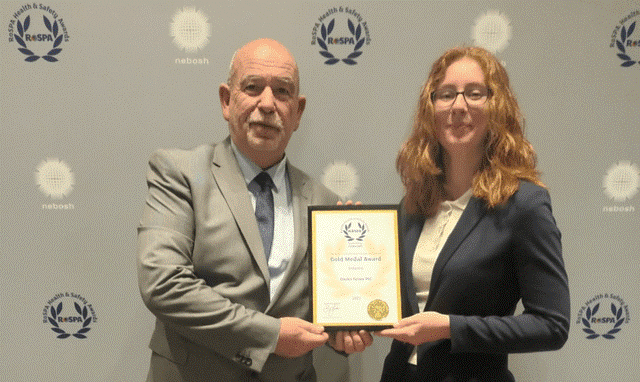Sian Hopwood, EVP, Local Business Units at BluJay Solutions writes exclusively for International Trade Magazine about how to drive supply chain innovation
There are countless examples of companies that were once industry leaders, but today are either laggards or out of business completely. Kodak, Polaroid, and Blockbuster are just a few.
Considering the pace at which industries—including ours—are being disrupted, it’s not surprising that innovation and improving customer experience have become key points of discussion for all businesses.
But when it comes to supply chain innovation, there are two misconceptions that we see pop up time and time again. The first: true innovation has to be new. And second: supply chain innovation needs to be disruptive. Some in our industry make the mistake of becoming enamoured with and chasing “shiny, new things”. Others mistakenly dismiss trends altogether. So, how should organisations approach supply chain innovation?
BluJay Solutions, along with research firm Adelante SCM, recently asked manufacturers, retailers, logistics service providers and other supply chain companies throughout EMEA, the Americas and APAC just that. The resulting research report, ‘Competing on Customer Experience: The Driving Force Behind Supply Chain Innovation’, explores the links between supply chain management innovation, customer experience, technology adoption and company performance. Here’s what we found:
Innovative companies are prioritising customer experience
For most supply chain organisations, delivering an enhanced customer experience (CX) is a key performance metric. However, it is a notably higher priority among organisations defined as “innovators/early adopters” and “above average performers”.
Similarly, innovative companies told us delivering an enhanced customer experience is driving supply chain innovation. In contrast, respondents that identified their organisation as a “laggard” or “average/below average performer” are focused more on driving innovation to reduce costs.
What this tells us is placing customers at the centre of supply chains is a key catalyst for innovation, with competing on price taking a backseat.
The biggest barriers to innovation? Outdated IT and siloed systems
Across all the organisations we surveyed, outdated IT systems were reported as the biggest barrier to supply chain innovation. Somewhat worryingly, the majority of laggards and late adopters are still relying on Excel spreadsheets to manage their supply chain!
While antiquated IT was a problem for innovators and early adopters too, they seem to have matured to the point where they are less concerned about existing systems, instead focused on outwardly needs including the flexibility and innovation of supply chain partners and working with other functional groups, for example, IT.
These results suggest leaders need to find flexible, future-proof solutions to continue to innovate. For laggards, if they’re to leapfrog ahead, organisations in this category should look to replace their outdated IT systems with modern solutions that eliminate silos.
Blockchain, drones and driverless trucks mostly hype
Today, manufacturers, retailers and logistics service providers are investing in transportation, warehousing and improving supply chain visibility. This is not a surprise, and no doubt these investment areas will remain important as organisations look to optimise their operations, decrease costs and improve customer experience.
Looking to the future, despite all the hype surrounding blockchain, drones and driverless trucks, these ranked near the bottom of the list in terms of delivering the most innovation to supply chains in the next five years.
At the top of the list: mobile devices and apps, followed by control tower visibility and warehouse automation and robots. Clearly, these technologies are further along the maturity curve and have been proven to deliver benefits. In contrast, our findings suggest many organisations are taking a “wait and see” approach to emerging technologies.
What this means for your organisation
As our research findings demonstrate, true supply chain innovation doesn’t have to be completely new or disruptive. You don’t have to refresh all of your systems and processes. (Although if you’re relying on Excel to manage your supply chain, that needs to change!) And you certainly don’t have to go out and invest in driverless trucks, drones and blockchain.
However, you do need to strike a middle ground—that means, not chasing shiny, new technologies, but not dismissing them either. You do need a clear understanding of your end goal—whether that’s enhanced customer experience, cost reduction or a competitive advantage—and a plan for how you’re going to achieve it.
The most important takeaway, however, should be: don’t be complacent. The people, processes and technologies that have made you successful to date, do not guarantee your company’s future success.
To stay up to date on the latest, trends, innovations, people news and company updates within the global trade and logistics market please register to receive our newsletter here.
Media contact
Rebecca Morpeth Spayne,
Editor, International Trade Magazine
Tel: +44 (0) 1622 823 922
Email: editor@intrademagazine.com





